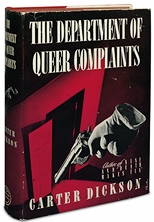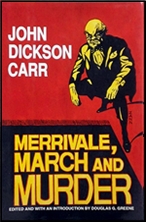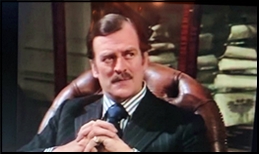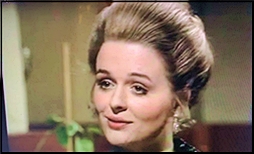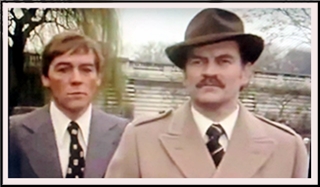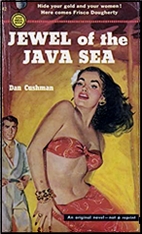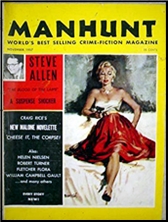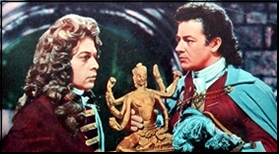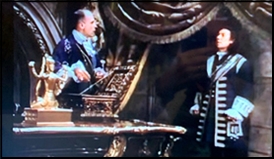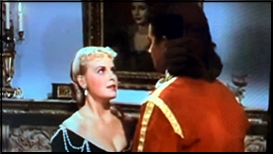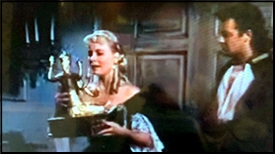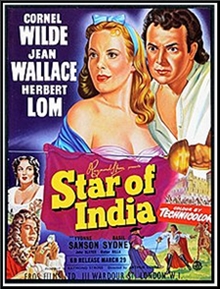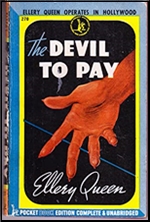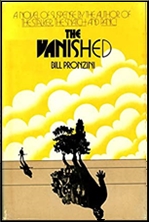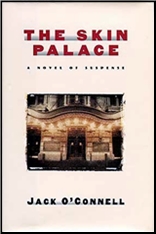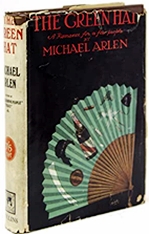Fri 18 Feb 2022
A Mystery Review by LJ Roberts: JANE HADDAM – Not a Creature Was Stirring.
Posted by Steve under Reviews[9] Comments
Reviews by L. J. Roberts
JANE HADDAM – Not a Creature Was Stirring. Gregor Demarkian #1. Bantam, paperback original, 1990. Doubleday, hardcover, 1993.
First Sentence: “Listen,” Myra said, as soon as the phone was picked up, without waiting to find out who had answered it.
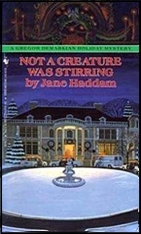
Gregor Demarkian, a retired profiler for the FBI “…the most Irish Catholic organization in the U.S. government” is asked for a special favor by his good friend, Father Tibor. Philadelphia Main Line millionaire Robert Hannaford has offered the priest $100,000 for his crumbling church if Gregor will have Christmas dinner at “Engine House,” the Hannaford estate.
What Gregor finds is a house with every inch decorated for Christmas; a group of siblings who don’t like themselves or one another, some of whom are in financial and or legal trouble, and a matriarch crippled with Muscular Sclerosis who never leaves her room. Shortly after arriving, Hanniford is found in his den where a marble bust accidentally fell, killing him. Was it an accident? Gregor doesn’t think so.
Haddam’s voice is one that captivates. With a heading of “PART ONE SUNDAY, DECEMBER 18-SATURDAY DECEMBER 24 THE FIRST MURDER,” it’s clear there’s an interesting story ahead. And it is nice that a floor plan of the house is included at the beginning of the book. The story is filled with subtle, often dialogue-driven humor. There is a cynicism and sharpness to her voice that causes frequent chuckles— “No intelligent psychopath had to murder a dozen little old ladies to get his kicks. He would wreak far more havoc by going into government work.”
After that, it is the character of Gregor and his friend Father Tibor who are the hook. We learn of Gregor’s past and about life within an Armenian community. As for the family/victims, they are a mess. It is hard to work up a whole lot of sympathy for them. It makes one glad to not be wealthy, or at least, overly entitled.
As for the plot, in the end, aren’t all motives really quite basic? The family Gregor is investigating is filled with unpleasant characters, and none more so than the father. As the investigation proceeds, it is understandable why he was murdered.
One point of interest is that each of Haddam’s 30 books, is set against the background of a holiday. This somehow truly fits with her sense of humor.
Not a Creature was Stirring is a familial version of Agatha Christie’s And Then There None. It has a strange, obscure plot of even stranger, mainly unsympathetic people other than those surrounding Gregor. However, what it really has is a delightful voice, eminently quotable lines, and a lot of smoking: one forgets how prevalent smoking was in 1990.
This was one of those books where you feel as though you should have figured it out, but didn’t. It’s also a book that makes one really want to continue the series.
Rating: Good.
